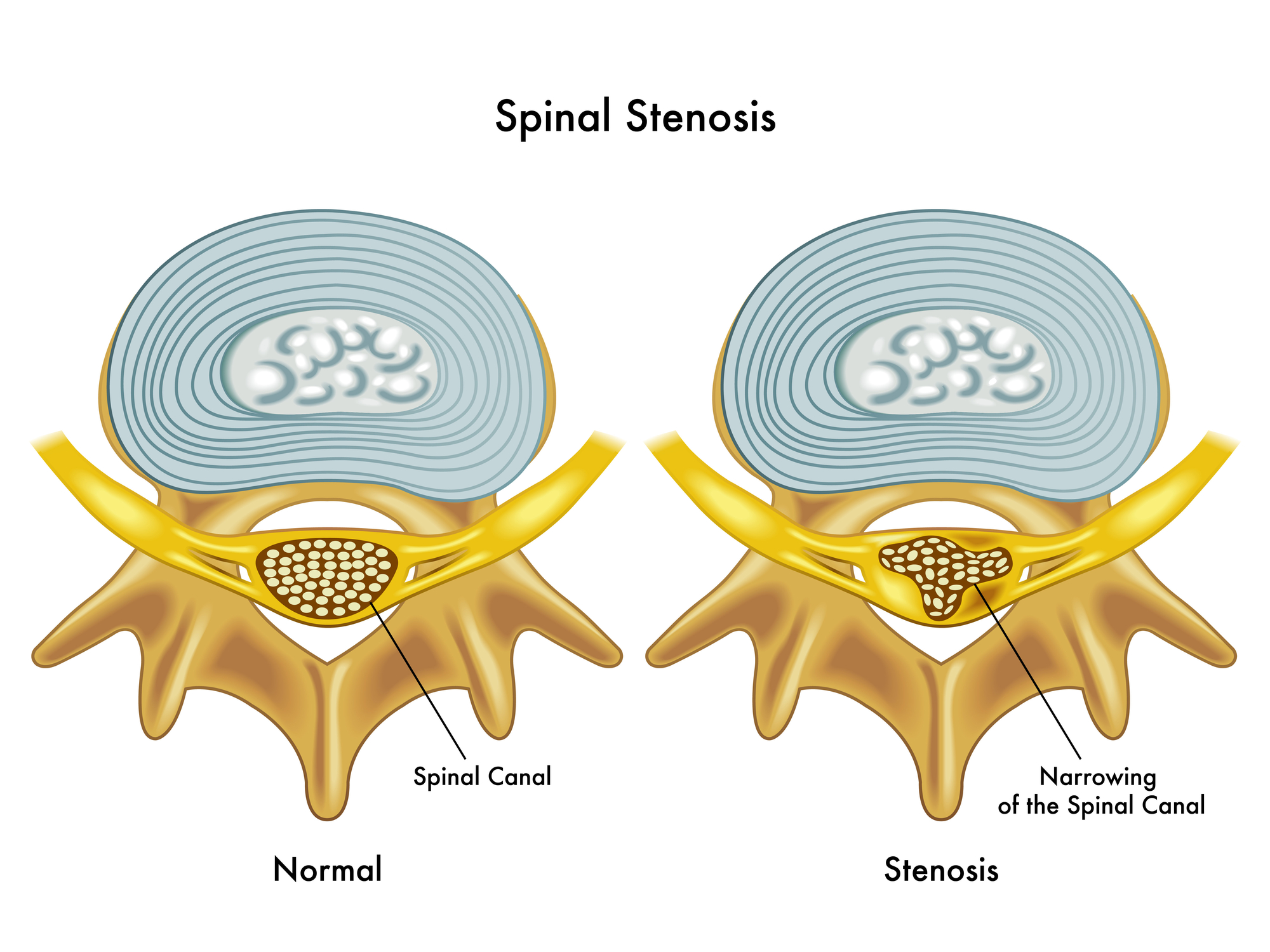Novel Technologies in Discomfort Management: A Forward-thinking Approach
Pain management has significantly changed significantly over the years, moving away from conventional practices to far more innovative and integrated treatments. As we continue to learn about the intricate dynamics of pain, the necessity of thorough pain management services and therapies becomes increasingly apparent. Grasping the concept of pain management and the multiple available techniques can enable individuals suffering from acute and chronic pain alike, ultimately leading to improved quality of life.
Various pain types require customized approaches for effective relief, and modern therapies include a wide range of options. Ranging from physical rehabilitation and chiropractic services to developments in interventional pain management and regenerative medicine, there are numerous pathways to explore. Additionally, combining complementary therapies such as acupuncture and mindfulness practices highlights a progressive strategy for pain therapy, highlighting not just the tangible symptoms of pain but also psychological and lifestyle influences. As we explore these innovative devices and methods, we aim to illuminate the multifaceted world of pain management and its hopeful future.
Grasping Soreness plus Its Management

Pain is an intricate and individual feeling, often depicted as an undesirable sensory and emotional reaction to real or potential cellular damage. Grasping discomfort involves recognizing its two primary types: sharp and chronic. Sharp pain, typically a straightforward reaction to injury or sickness, is short-term and usually disappears with care. Conversely, chronic pain continues long after the original injury has healed, often morphing into a complicated situation shaped by bodily, mental, and social influences. This distinction is crucial in determining the appropriate discomfort management methods.
Effective pain control includes a wide array of interventions customized to personal needs. A comprehensive approach includes not only medication but also physical treatments, psychological support, and non-traditional therapies. Pain management facilities are vital resources, prepared to create tailored care programs that may entail interventional procedures, life changes, and complementary modalities. By addressing the multifaceted nature of pain, these clinics work to improve overall quality of living for individuals.
In the last few years, advancements in understanding the field behind discomfort have led in novel treatment options. Study into the pain channels and processes has enabled the formation of specific treatments such as restorative medicine, neurological blocks, and nerve modulation techniques. Additionally, the investigation of complementary options, including acupressure and meditation methods, highlights a shift towards more comprehensive methods in pain management. This evolution highlights empowering individuals to take an proactive role in their healing journey, enhancing their ability to control pain efficiently.
Novel Treatments and Approaches
In the field of pain relief, new treatments are emerging that offer fresh possibilities for patients dealing from different types of discomfort. One such breakthrough is the use of neuromodulation techniques, which involve activating specific nerve pathways to modify pain perception and replies. Tools such as spinal cord stimulators and nerve stimulators provide individuals with personalized pain management solutions that can greatly improve their daily living. These technologies fuse sophisticated technology with a deep understanding of pain mechanisms, allowing for focused treatments that adapt to the patient's needs.
Another groundbreaking method is the use of regenerative therapies like stem cell therapy and PRP therapy. These interventions focus on restoring injured tissues and lessening irritation, which can relieve both acute and long-lasting discomfort. By utilizing the body's innate healing abilities, these therapies provide an alternative to standard pain management techniques, offering the opportunity for longer-lasting relief without the need on medications. This holistic strategy is increasingly appealing to people seeking safer options for pain management.
Moreover, complimentary treatments such as acupuncture and mindfulness therapies have become popular due to their holistic methodology to pain management. Acupuncture involves inserting thin needles into specific locations on the body to activate the nervous system, which can lead to the production of endorphins and other chemicals. Similarly, mindfulness and meditation techniques help people develop greater consciousness of their pain feelings, providing them with the skills to tackle pain effectively. Together, find out here now of pain management, prioritizing patient-centered care and adaptable treatment methods.
Living Style and Holistic Approaches to Pain Relief
Integrating changes in lifestyle and whole-person approaches into pain relief can significantly improve one’s quality of life. Consistent exercise is important, as it not only strengthens muscle strength and raises flexibility but also releases endorphins, which are innate pain relievers. Exercises like walking, swimming, and cycling can be tailored to personal fitness levels, guaranteeing they are both secure and effective. Additionally, including foods that reduce inflammation into the diet, such as fruits, greens, nuts, and fatty fish, can help lessen inflammation and mitigate symptoms of chronic pain.
Mindfulness and relaxation techniques have a crucial role in managing pain perception. Methods such as meditation, breathing deeply, and yoga not only reduce stress but also help individuals grow more conscious of their physical state and signals of pain. Practicing mindfulness can lower anxiety levels, which are frequently linked to increased pain sensitivity. Yoga, in particular, offers the twofold benefit of light physical exercise while encouraging relaxation and deeper mental focus, making it a strong resource for those living with chronic pain.
Finally, having a good sleep hygiene remains essential for relieving pain. Poor quality of sleep can intensify pain and create a harmful loop of discomfort and inability to sleep. Establishing a consistent sleep schedule, designing a restful environment, and avoiding stimulants before bed can promote better sleep. Focusing on healing activities like light stretching or warm baths in the nighttime can additionally prepare the body for rest, leading to improved recovery and lessened pain levels during the day.